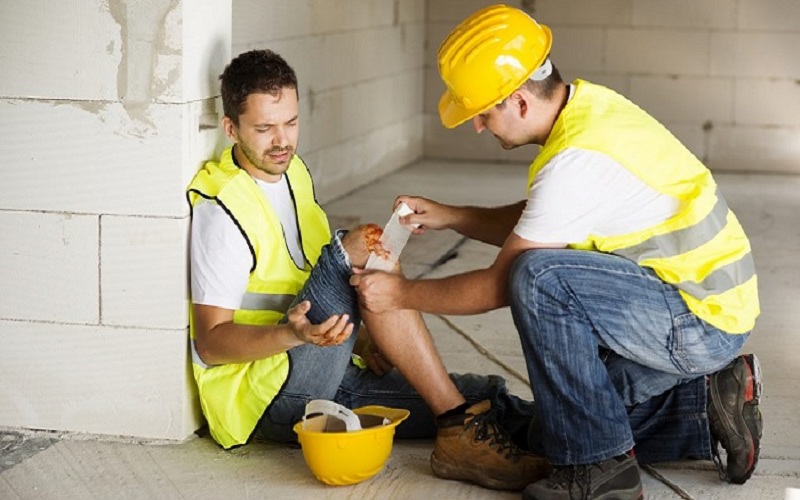For most homeowners, insulation is an afterthought – literally out of sight and out of mind within walls, attics and basements. But innovations in insulation technology have transformed homes, making them far more energy efficient, comfortable and affordable. According to the experts at Epsilyte, aerogel composites and layered expanded polystyrene (EPS) products outperform traditional fiberglass batts and foil wraps. Combined with air sealing techniques, modern insulation allows homeowners to control temperature, humidity, sound and even pollution. This new generation of super-insulated houses is shaping how we live.
Staying Warm and Cool with Less Energy
Heating and cooling account for over half of a typical home’s energy costs. Better insulation provides a valuable layer of defense against outdoor temperatures swinging up or down. Tiny air pockets or vacuum spaces within these advanced materials slow heat transfer far more effectively than fiberglass alone. This means rooms stay warmer in winter and cooler in summer without overworking the HVAC system.
Closed-cell spray foam insulation offers another leap forward. The liquid foam expands to fill cracks and crevices, creating a seamless air barrier that blocks drafts. New polymer varieties of spray foam allow wider application without ozone-harming chemicals. DIY-friendly rigid foam boards also continue to improve with higher R-values and moisture resistance. Layering different insulation materials leverages the performance strengths of each.
Homeowners can save 20% or more on monthly energy bills with a well-insulated, tightly sealed “building envelope” around the indoors. In cold northern climates like Maine or Minnesota, the savings run even higher. And upgraded insulation typically pays for itself in just a few years.
Blocking Out Unwanted Noise
Along with regulating temperature, insulation also provides acoustic control by muffling outside noise. Whether it is loud traffic, nearby construction, voices or barking dogs, layered panels and foam buffers significantly reduce unwanted sound transmission. Interior foam insulation is even used in home recording studios.
Caulking gaps in walls, floors and ceilings works hand in hand with insulation to create peaceful indoor spaces. Noise pollution has real health impacts, interrupting sleep and raising stress levels. The right materials let homeowners take control over their aural environment. Enjoying a quiet meal or getting better rest is possible with innovations in soundproofing insulation.
Healthier Indoor Air Quality
Advanced insulation materials also benefit indoor air quality in less obvious ways. Preventing temperature swings inside wall cavities means moisture buildup and mold growth are reduced. Materials like sealed closed-cell spray foams are themselves moisture resistant as well. Intelligent vapor barriers and diffusion ports allow walls to “breathe” water vapor without it condensing into liquid.
Some insulation even actively filters indoor air using embedded activated carbon absorbing toxins. This regulates humidity while capturing volatile organic compounds (VOCs) from paint, furniture, and cleaning products. Especially in tightly sealed modern construction, indoor pollution can spike without proper ventilation and filtering. The latest insulation solutions clean the air while saving energy.
Pushing the Boundaries of Efficiency
With growing recognition of buildings’ major contribution to climate change, insulation innovators are pushing boundaries for ever-higher efficiency. For example, vacuum insulated panels (VIPs) enclosing silica powder in film achieve double or triple the R-value of other insulations per inch. Aerogel composites made from dried gels offer similar step-change improvements.
While not yet mainstream for homes, rapidly dropping costs will drive adoption. Especially in commercial buildings, return on investment makes high-performance materials incredibly attractive financially.
Conclusion
Homeowners no longer need to settle for what has always been used. There is an exciting range of insulation solutions that save energy, reduce noise, and protect indoor air quality. The expanding toolbox of insulation products offers transformative options to shape living spaces.



